Top speed 203 km/h Wingspan 10 m Cruise speed 145 km/h Engine type Radial engine | Range 756 km Length 7.77 m Weight 948 kg | |
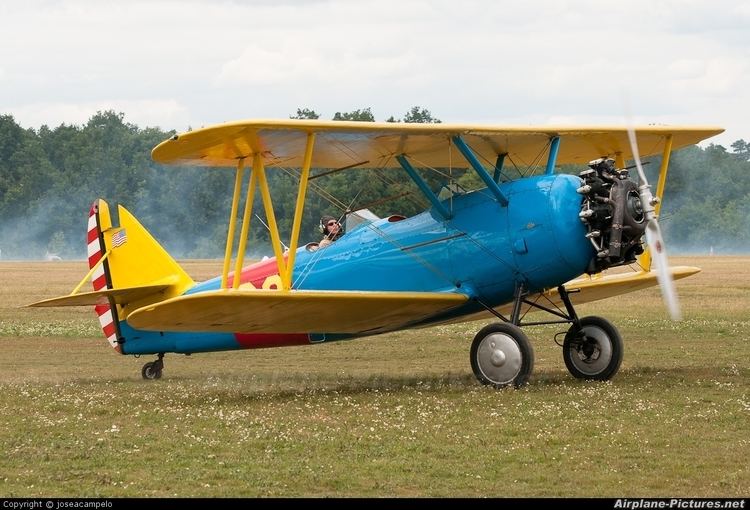 | ||
Gopro naval aircraft factory n3n 3 biplane flabob airport 2014 veterans day celebration
The Naval Aircraft Factory N3N was an American tandem-seat, open cockpit, primary training biplane aircraft built by the Naval Aircraft Factory (NAF) in Philadelphia, Pennsylvania, during the 1930s.
Contents
- Gopro naval aircraft factory n3n 3 biplane flabob airport 2014 veterans day celebration
- Montana modelworks naval aircraft factory n3n 3 park flyer
- Development and design
- Operational history
- Variants
- Operators
- Aircraft on display
- Specifications N3N 3
- References
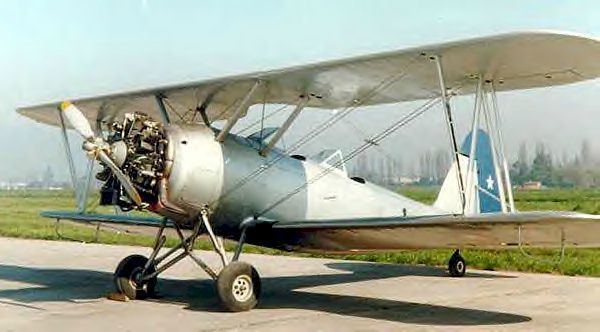
Montana modelworks naval aircraft factory n3n 3 park flyer
Development and design
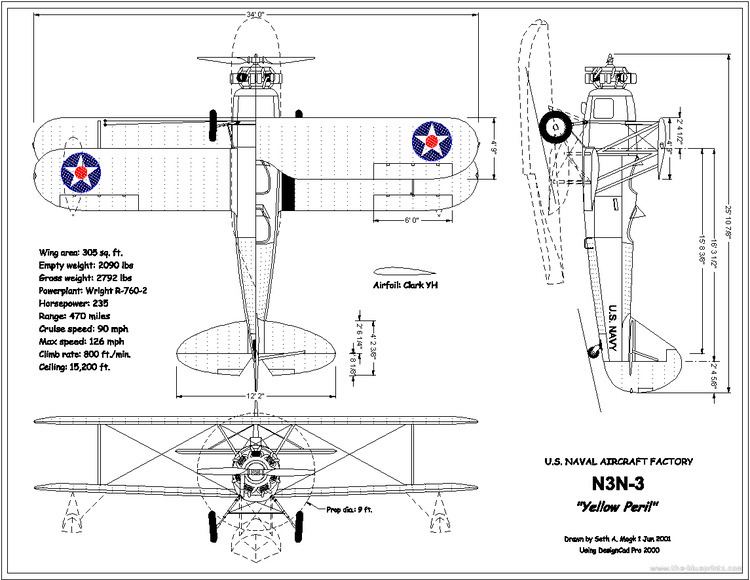
Built to replace the Consolidated NY-2 and NY-3, the N3N was successfully tested as both a conventional airplane and a seaplane. The seaplane used a single float under the fuselage and floats under the outer tips of the lower wing. The conventional airplane used a fixed landing gear. The prototype XN3N-1 was powered by a radial Wright designed Wright J-5 engine. An order for 179 production aircraft was received. Near the end of the first production run the engine was replaced with the Wright R-760-2 Whirlwind radial. The aircraft is constructed of metal using bolts and rivets rather than the more common welded steel tubing fuselages. Early production models used aluminum stringers formed for cancelled airship construction orders.
Operational history
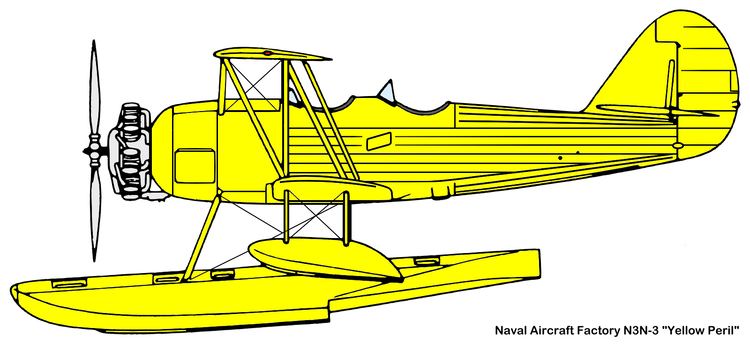
The N.A.F. delivered 997 N3N aircraft beginning in 1935. They included 180 N3N-1s and 816 N3N-3s. Four N3N-3s were delivered to the United States Coast Guard in 1941. Production ended in January 1942 but the type remained in use through the rest of World War II. The N3N was the last biplane in US military service - the last (used by the U.S. Naval Academy for aviation familiarization) were retired in 1961. The N3N was also unique in that it was an aircraft designed and manufactured by an aviation firm wholly owned and operated by the U.S. government (the Navy, in this case) as opposed to private industry. For this purpose, the U.S. Navy bought the rights and the tooling for the Wright R-760 series engine and produced their own engines. These Navy built engines were installed on Navy built airframes.
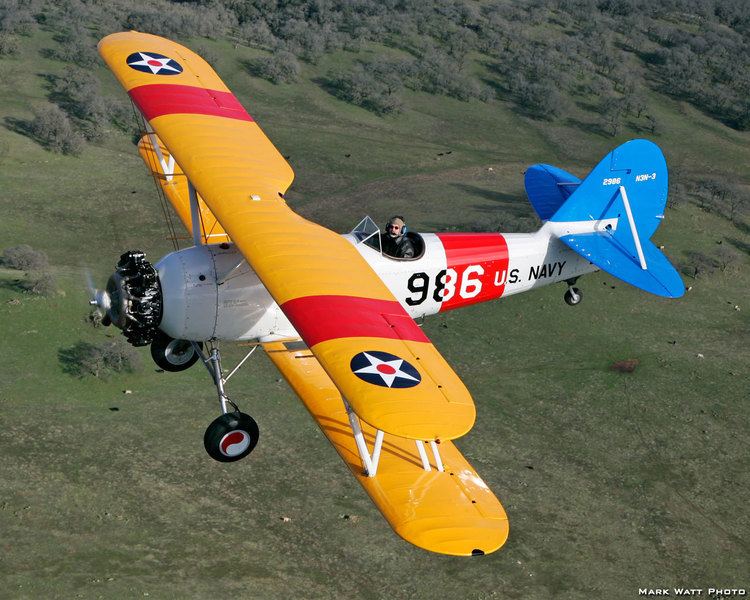
Postwar, many surviving aircraft were sold on the US civil aircraft market and bought for operation by agricultural aerial spraying firms and private pilot owners. A number are still (2014) active in the USA.
Variants
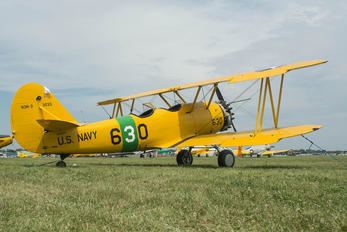
Operators
Aircraft on display
Specifications (N3N-3)
Data from Holmes, 2005. p. 96.
General characteristics
Performance
Communications were done by the instructor through a speaking tube to the aft-seated student. Communications back were agreed-upon gestures.
